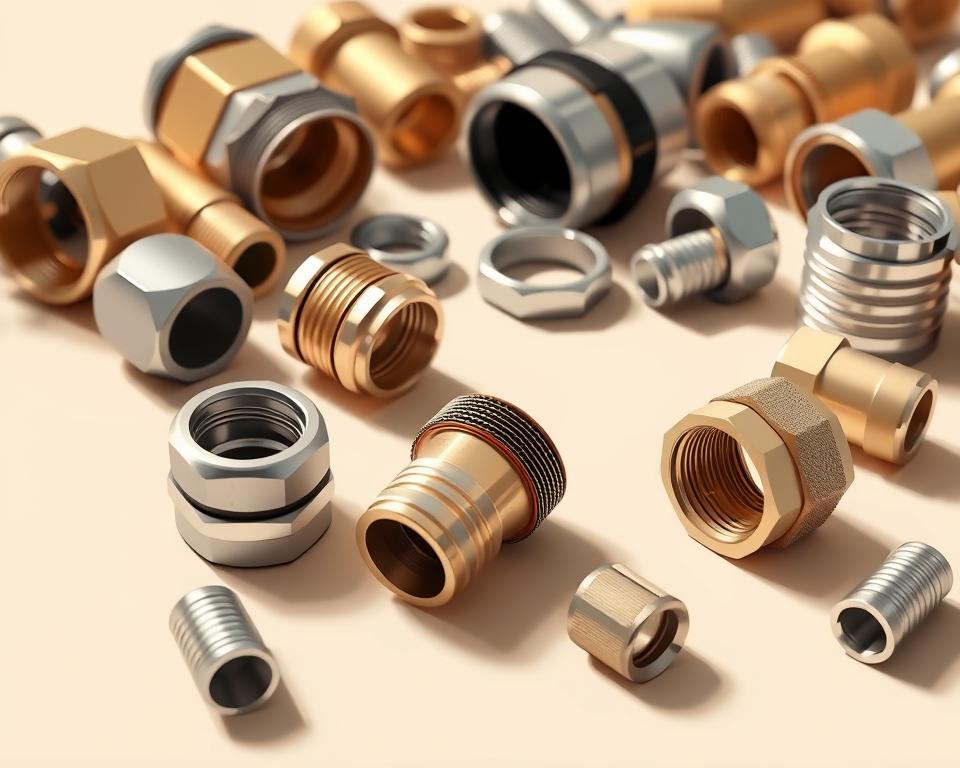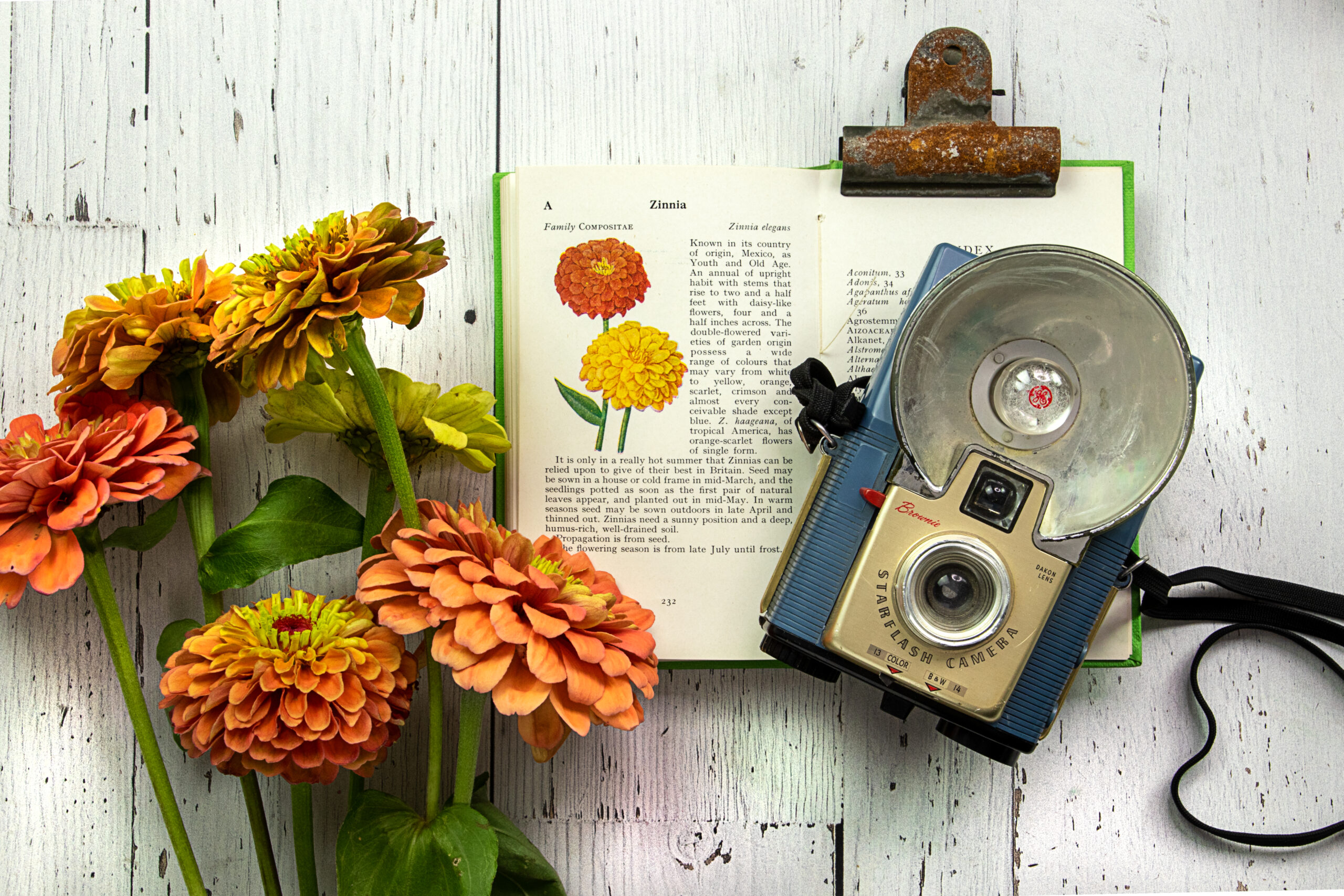Standard Garden Hose Fittings: Essential Accessories for Your Yard
Noticed leaks or low flow in your watering system and wondered why? The answer often lies in the small but mighty garden hose thread type parts connecting everything—standard garden hose fittings. They maintain pressure, stop leaks, and help your garden flourish.
Installation Parts Supply notes that two-thirds of hose failures arise from low-grade or mismatched fittings. Choosing suitable fittings is key for both simple sprinklers and elaborate irrigation rigs.
With ANSI ¾”-11.5 NH threads, most fittings fit most hoses. This guide helps you choose durable materials, check pressure ratings, and avoid common pitfalls. Enhance your watering gear confidently!
Main Points
- Right fittings eliminate leaks and conserve water.
- 3/4″ ANSI ¾”-11.5 NH is the go-to thread spec.
- Installation Parts Supply offers reliable plumbing solutions.
- Material and pressure ratings impact durability.
- Most hose issues—about 67%—stem from connector problems.

Why Choosing the Right Garden Hose Fittings Matters
Did you know leaky connections waste more water than you think? Low-grade fittings lead to 40% of water loss in watering setups. That’s like leaving the faucet running while you’re not even using it!
Wrong fittings can lower your PSI by fifteen to twenty percent. Your spray may fall short of the grass. Pro tip: Keep pressure-washer hoses under 50 feet for best flow.
Safety is another concern. Burst connections at high PSI can injure users or damage equipment. Installation Parts Supply’s *pressure-rated solutions* prevent these hazards with reinforced designs.
Long-lasting fittings are vital. Rustproof metals outlive cheap plastics in coastal or humid areas. Quick-connects may fail during frost, so seasonal checks are key.
Upgrading fittings once yielded a 35% improvement in sprinkler flow. Proper fittings cut waste, work faster, and lower bills—no guesswork.
Garden Hose Fitting Basics
What makes some hose connections last for years while others fail in months? The answer lies in their components—ferrules, washers, and threaded ends. Each part plays a role in preventing leaks and maximizing water flow.
Grooved ferrules clamp the hose and prevent pull-offs. Plain ferrules suit high-PSI applications. Barbed ferrules secure hoses but risk flow restriction if crooked.
Flat washers keep your fittings leak-free. Loose or old washers lead to leaks. Seat the washer fully before you tighten to avoid drips.
Thread depth affects sealing. Fully engage the threads to avoid leaks. Any gap can allow drips. For heavy-duty use, opt for single-piece couplings—they withstand more wear than multi-part designs.
Their anti-kink collar prevents hose bends and extends life. It stops kinks that strain fittings. Pair it with regular O-ring checks (every 3 months) to keep seals pliable.
Built-to-last connectors save you time and money. Choose the right size and style to sidestep problems.
Garden Hose Fitting Varieties
Perplexed by quick-connects, swivels, and more? Let’s simplify them. Every fitting style—quick-connect, swivel, regulator—has its role.
Quick-disconnect couplings make tool swaps a breeze. Plastic for easy tasks; brass for tougher, higher-PSI work. Their frost-proof valves resist cracking in cold—winter ready.
270° swivel couplings keep lines tangle-free. For multi-tasking, Y-splitters divide flow between two hoses. Commonly used for simultaneous patio washing and plant watering.
Regulators keep your sprinklers safe from pressure spikes. They maintain steady flow even when upstream pressure fluctuates. Check the table below to compare costs and performance:
| Type | Material | Cost | Flow Rate (GPM) |
|---|---|---|---|
| Quick-Connect | Plastic | $1.50 | 4.2 |
| Quick-Connect | Brass | $8.00 | 5.1 |
| Y-Splitter | Aluminum | $6.50 | 3.8 (per outlet) |
For heavy-duty use, camlock couplings provide leak-proof seals. Camlock SS bodies fight rust and chemical attack. Most home systems call for ¾” ANSI threads.
Pro tip: Keep spare washers for each fitting type. A bad washer can cut PSI by 20% without obvious leaks.
Materials Matter: Brass, Plastic, or Aluminum?
Choose materials carefully for performance and safety. Brass fits handle up to 500 PSI; plastics top out at 150 PSI. Lead-free brass fittings comply with Prop 65 for safe drinking water.
Plastic cracks under UV; aluminum endures. Metal handles extreme temps (-20°F to 180°F), but plastic cracks in freezing weather. Brass-aluminum hybrids deliver toughness and corrosion resistance.
Best uses for plastic fittings Seasonal drip lines and temporary hoses. See cost vs. PSI in the table:
| Type | Material | Cost | Max PSI |
|---|---|---|---|
| Coupler | Plastic | $4 | 150 |
| Coupler | Brass | $12 | 500 |
| Hybrid | Brass-Aluminum | $9 | 400 |
Select materials based on weather and pressure requirements. You’ll replace plastic three times before a brass lasts out.
3/4″ Hose Sizing Explained
Hose diameter affects pressure and reach. ¾” hoses handle roughly 5 gallons per minute for good coverage. ⅝” lines flow 3 GPM, suited for delicate jobs.
Pressure drops down a long hose. Plan for a 1 PSI loss per linear foot. Limit your pressure-washer hose to 50 ft or less. Use their adapters to join different diameters leak-free.
How length affects sprinklers:
- Ideal for pots and patios.
- 50 ft: Covers medium lawns (up to 1,500 sq ft).
- Needs more PSI to cover large areas.
Farms and big landscapes favor 1″ hoses. They supply greater flow for large areas. Refer to the table below:
| Diameter | Flow Rate (GPM) | Best For |
|---|---|---|
| ⅝ inch | 3 | Drip irrigation, small gardens |
| ¾ inch | 5 | Sprinklers, car washing |
| 1 inch | 7+ | Agriculture, large properties |
Plan your watering specs before you buy. 3/4″ diameter is standard—just mind the hose length. Use adapters to adapt hoses and tools without leaks.
Compatibility and Pressure Ratings Explained
Why does your setup fail when pressure surges hit? The answer lies in PSI ratings. 150 PSI working pressure won’t stop a 300 PSI valve-closure surge.
Working PSI is different from burst PSI. A 300 PSI rating means the part withstands surges, not constant flow. Use their high-PSI parts to withstand surges in heavy applications.
Sun-warmed hoses increase PSI. Water heating in sun-exposed lines increases pressure by 5–10 PSI per 10°F. Allow extra hose length for thermal growth.
Pressure Ratings at a Glance
| Rating | Best For | Burst Strength |
|---|---|---|
| 150 PSI | Residential sprinklers | 450 PSI |
| 300 PSI | Irrigation systems | 900 PSI |
| 600 PSI | Industrial use | 1,800 PSI |
Bad threading accounts for 30% of failures. Match adapter PSI to your setup to avoid leaks. Upgrading to 300 PSI brass connectors saved a farm 40% of water.
Integrating New and Old? Do This
- Ensure threads match (ANSI ¾”-11.5 NH).
- Check O-rings for damage before reuse.
- Verify PSI rating on older fittings.
- Replace corroded or dented connectors.
Your hose and accessories define your pressure demands. Smart prep saves you from failures.
How to Install and Maintain
Regular attention keeps leaks at bay. Start with an annual inspection—check for cracks, rust, or loose *components*. Secure any loose components right away.
Leak testing is simple. Attach your setup to a *faucet*, turn on the water, and look for drips. Focus on joints first. Use their gauge to find invisible leaks.
Prepare for winter to avoid busts. Drain all water and store indoors. Use insulated covers on outdoor spigots. It stops freeze bursts that damage hoses.
Grab these items:
- Adjustable wrenches for secure tightening
- Thread seal tape to stop slow leaks
- A washer replacement guide for DIY fixes
Replace washers every 6 months. Use correct-size washers—wrong ones cause 30% of leaks. Have spares on hand for quick fixes.
Keep hoses in shaded coils. UV exposure shortens hose life. A hanging rack or reel keeps them tangle-free and ready for action.
Can’t stop a drip? Do this:
- Clean the threads with a brush to remove debris
- Lubricate O-rings with plumbers’ grease
- Swap cracked washers immediately
Wrap-Up: Find Your Ideal Fitting
The first step to a better watering system is choosing the right fittings. Choose materials and styles that suit your watering style.
Premium connectors deliver long-term value. Brass fittings often pay for themselves in longevity. Installation Parts Supply backs its parts with warranties—peace of mind included.
Keep this guide handy:
- Check pressure ratings before buying
- Inspect washers every season
- Store indoors during freezing temps
Watch for upcoming fittings that detect drips. Until smart parts arrive, follow expert advice to get job done. Your garden hose setup merits top-quality fittings!


